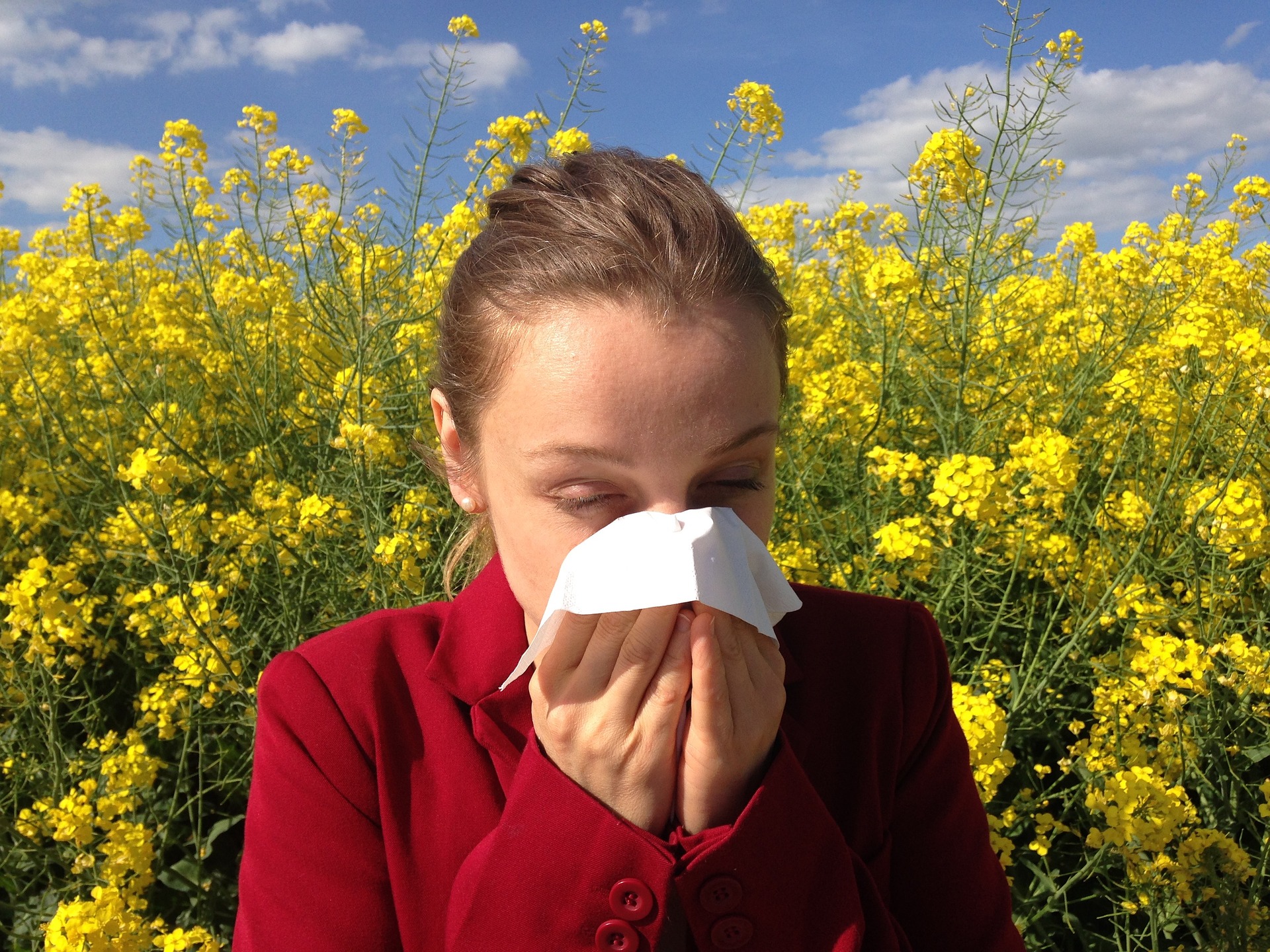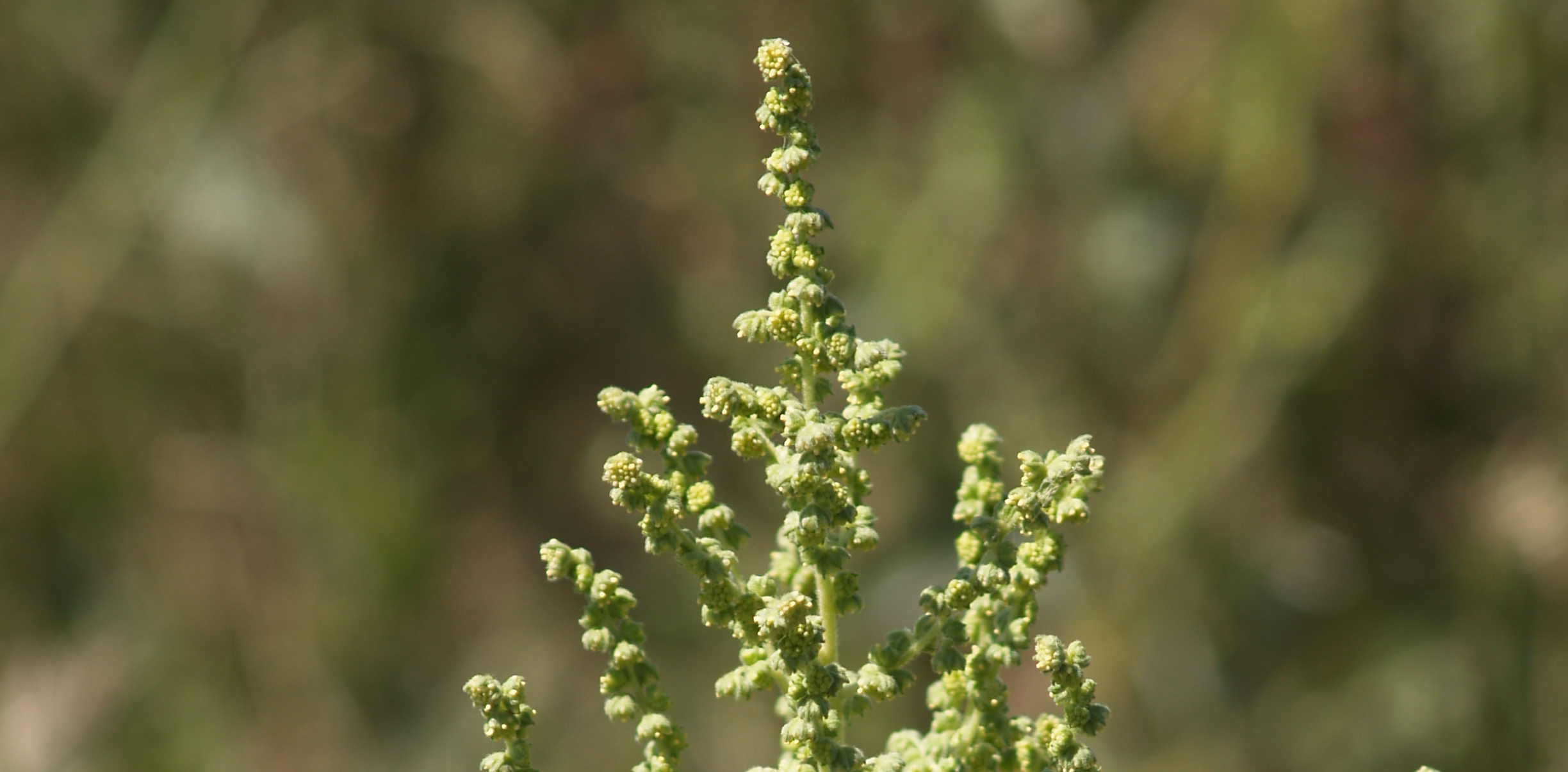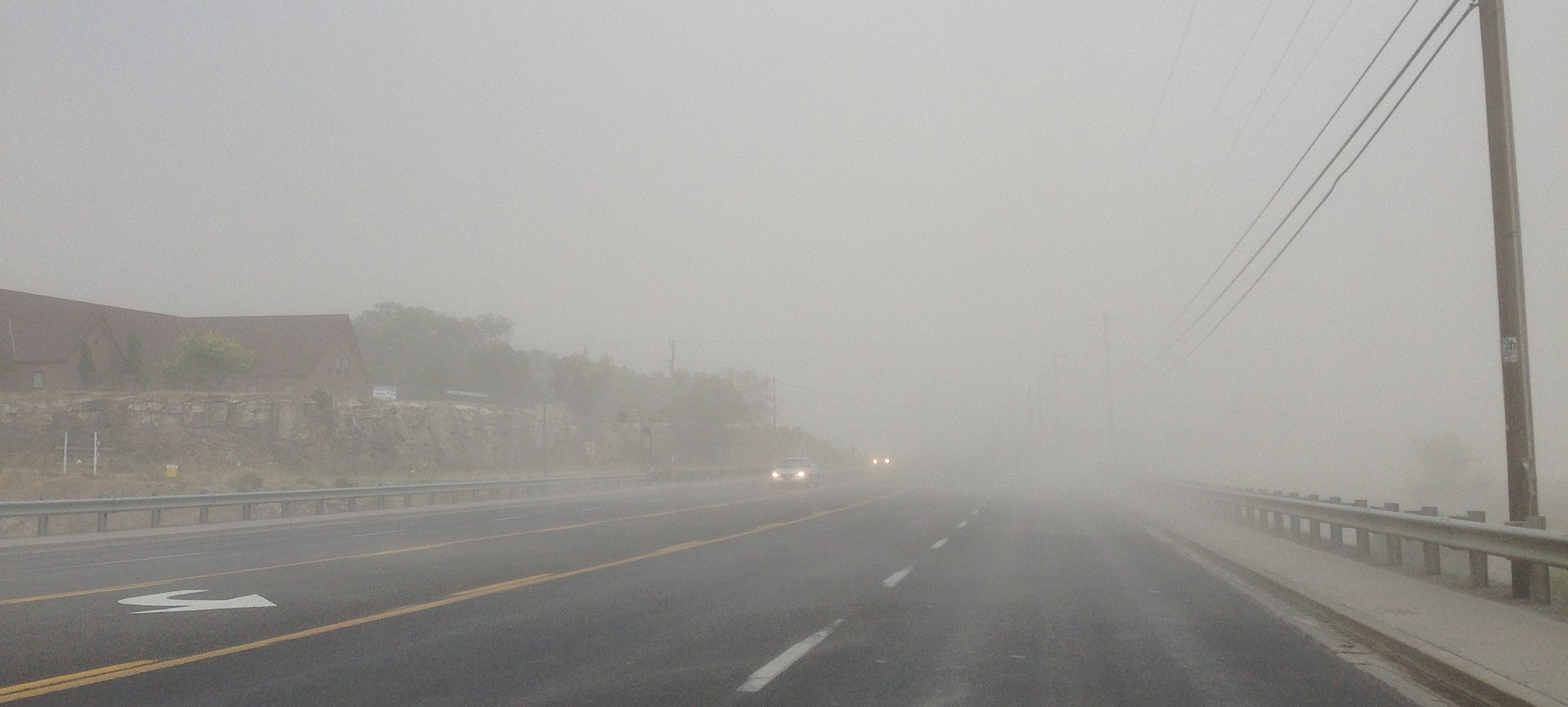
Climate Change Makes Us Sick...Literally
July 19, 2017
Share:Allergies? Itchy eyes? Scratchy throat? Runny nose? Think it’s getting worse every year? You’re right. Climate change is making us sick. As our climate changes, pollen and mold spores are increasing by an alarming rate each year. By 2020, scientists expect pollen levels to rise by 30%. These increased pollen levels make allergies and asthma worse. The more carbon dioxide in the atmosphere, the more plants grow. Increased plant growth means more pollen.
It isn’t just the amount of pollen that’s causing concern among scientists, it’s the length of the pollen season. Since 1995, our pollen season has increased by 16 days. Plants are starting their pollination season earlier and it lasts longer. So not only are we subjected to more pollen, we’re also having to endure it for longer periods of time. Some plants, like ragweed, thrive with increased carbon dioxide levels. If you’re a ragweed allergy sufferer, you’re not imagining a worsening of your symptoms. Today’s ragweed plants are likely to produce twice as much pollen as those of 100 years ago.

Mold levels are also on the rise in areas hit by unusual rainfall. As climate change causes an increase in the amount and intensity of precipitation in certain areas, mold spores have wreaked havoc on allergy sufferers. Areas hit by drought have been plagued by airborne dust particles, sometimes fine enough to cause respiratory distress. Changing weather patterns, caused by increased temperatures have resulted in more wind. The wind makes the dispersal of the pollen, dust and mold even worse. As climate change worsens, so will its effects on our health.

Health professionals are especially concerned about climate change and asthma. Asthma is an inflammatory condition of the airways that affects the bronchial tubes in the lungs. When pollen and other particulates inflame the bronchioles, the tubes swell and make breathing difficult. Asthma affects one in every 12 people. Unfortunately, due to increased pollen, dust, mold and ozone, there has been a 17% rise in asthma diagnoses since 2001. Pollen is a trigger for asthma. Increased pollen levels caused by climate change can result in a medical emergency for an asthmatic.

As serious as the effects of climate change on America’s air quality are, there are some areas of the world in which climate change has caused the air quality to become toxic. Residents of Beijing are subjected to a “toxic haze.” Because of the effects of this toxic haze, China’s government joined the Paris Climate Agreement and has pushed for changes in air quality. Beijing’s toxic haze consists of ozone, fine particles and dust. The temperature increases from pollution have caused more wind. This wind causes the airborne particles to become health hazards. These (PM 2.5) dust particles can penetrate the blood stream. In some areas of the world, air pollution from climate change can be deadly.

Although, the Trump administration has pulled the United States out of the Paris Agreement, air pollution and climate change aren’t going to magically disappear. As air pollution due to climate change worsens, so will the health of our citizens. Allergies and asthma cost the U.S. nearly $33 billion dollars annually in direct health costs and lost productivity. Until the United States government re-enters the Paris Agreement, let us hope individual states continue to tackle climate change. Our health depends upon it.

Images: source, source, source, source, source, and source
Share: